January 3, 2025 | 02:16 GMT +7
January 3, 2025 | 02:16 GMT +7
Hotline: 0913.378.918
January 3, 2025 | 02:16 GMT +7
Hotline: 0913.378.918
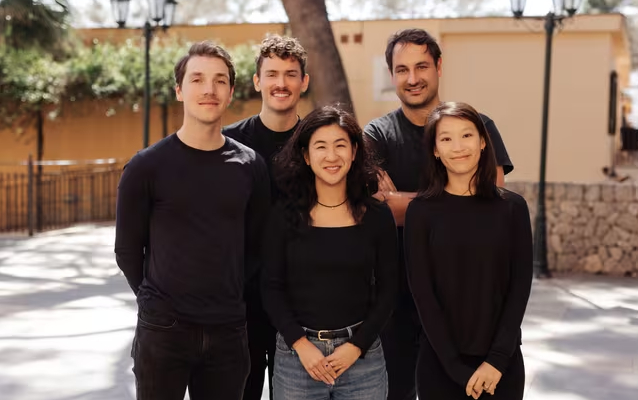
The Blue Revolution team.
These commitments will enable BRF to invest in more than a dozen early-stage aquaculture ventures, with the aim to improve ocean health, address the impacts of climate change and support coastal communities.
“With the right practices and technologies, aquaculture can be a force for good, providing a low-carbon food source while actively supporting ocean health,” said Robert Jones, director of global aquatic food systems for The Nature Conservancy. “Through strategic investments, BRF aims to accelerate the development and adoption of technologies and farming practices that have the potential to move aquaculture closer to realising its nature-positive potential.”
BRF’s unique structure promotes both its financial and environmental success. As BRF’s investment manager, Hatch Blue is using its previous fund management experience and expertise in aquaculture, alternative seafood and blue carbon to oversee fund operations, investment execution and asset management.
“We are a knowledge-driven specialist firm with synergetic business activities,” said Georg Baunach, managing partner and co-founder of Hatch Blue. “Across 32 team members, we consist of two investment teams, a consulting team, an innovation programmes team, and a media marketing agency with an adjacent news website. Our setup generates unique insights that allow us to add value to our portfolio firms, investors and other clients. The final closing of the BRF above our target of €75 million is a promising sign that the investment community values this approach.”
A global environmental nonprofit grounded in rigorous science, The Nature Conservancy acts as BRF’s conservation manager, ensuring that investments deliver meaningful environmental outcomes.
“Private capital needs to play a crucial role in addressing the climate and biodiversity crises,” emphasised Lauren Ferstandig, managing director of NatureVest, TNC’s in-house impact investing and sustainable finance team, which worked closely with Hatch Blue to build impact outcomes into BRF investment structure.
“The Blue Revolution Fund is an example of a scalable investment solution that not only delivers a financial return to investors but also models a more sustainable approach to aquaculture investing by building measurable conservation outcomes into every investment.”
BRF is targeting investments into in next-generation fish farms, regenerative seaweed and bivalve farming, nutrition, enabling technology, health and genetics, and alternative seafood. To date, the fund has made investment into the following companies:
“The fund focuses on solutions that provide both financial and environmental returns, such as innovative feed ingredients that surpass existing ingredients in sustainability while maintaining cost-competitiveness,” said Baunach. “Technologies, health, or genetic solutions that enhance feed conversion ratios or survival rates also present interesting opportunities due to the current surge in input costs and their close alignment with reducing Scope 3 emissions.”
In the coming months, BRF anticipates investing in around nine additional companies. Early next year, TNC and Hatch Blue will release guidance resources for pre-investment conservation diligence and portfolio impact measurement and reporting in the aquaculture impact investment sector. These resources will support other investors in choosing investment opportunities that generative attractive financial returns and positive environmental impacts.
(The Fishsite)
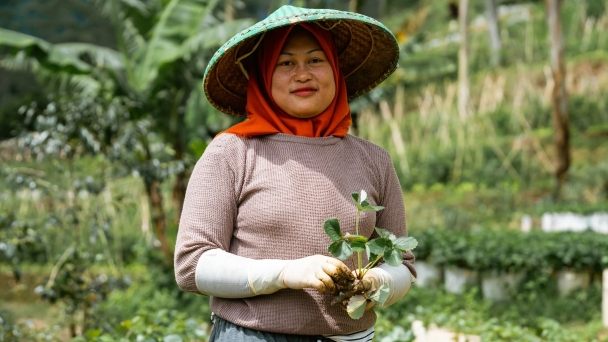
(VAN) With FAO’s support, 22 countries access financing to address biodiversity loss, land degradation, climate change, and pollution.
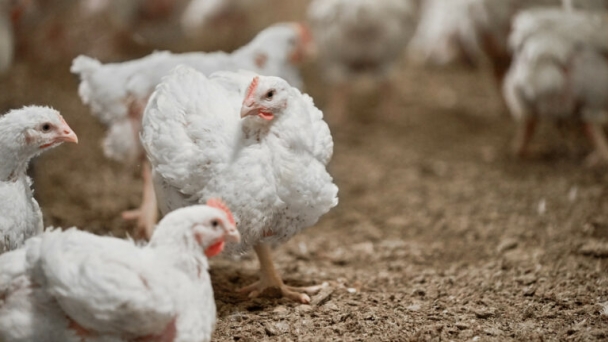
(VAN) Mineral matrix values for phytase have long been used to optimise feed, yet energy and amino acid matrices are largely ignored.
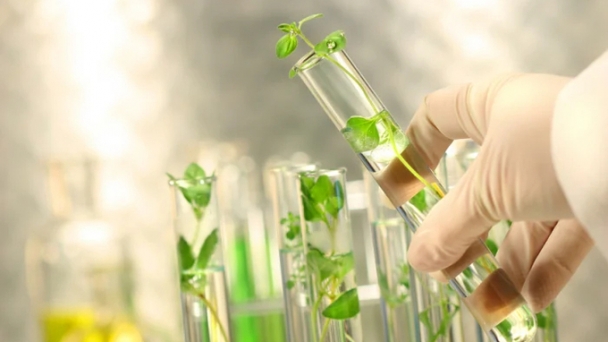
(VAN) On December 24, Deputy Prime Minister Tran Hong Ha signed Decision No. 1639/QĐ-TTg approving the project on the development of biotechnology in the field of environmental protection.
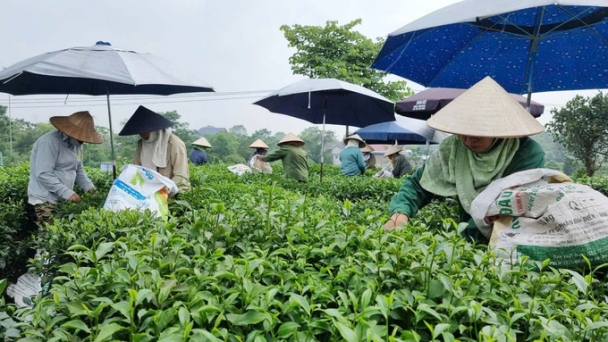
(VAN) Vietnam's tea exports to key markets in the first 11 months of 2024 saw significant increases compared to the corresponding period in 2023.
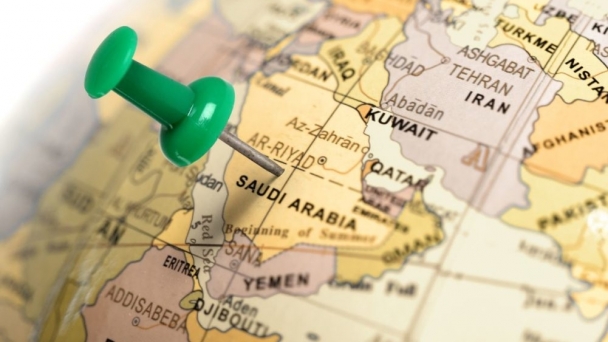
(VAN) National Grain Co., a joint venture between the Saudi Agricultural and Livestock Investment Co. (SALIC) and Bahri, inaugurated the Yanbu Grain Handling Terminal on Dec. 22 at Yanbu Commercial Port.
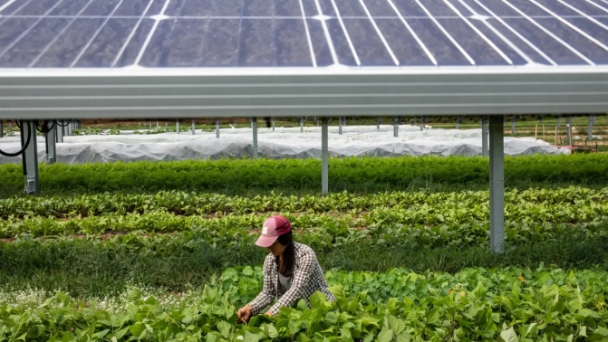
(VAN) Agrivoltaics combines solar energy and agriculture, enhancing land productivity and addressing climate change while ensuring food security.
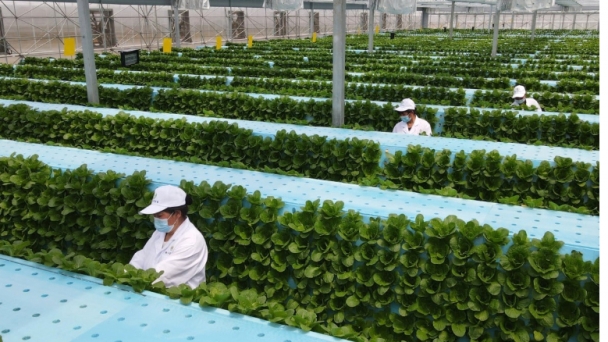
(VAN) China has reduced fertiliser use for eight consecutive years since 2015 and yet the country's agricultural output has steadily increased with 2024 grain production hitting a historic high.